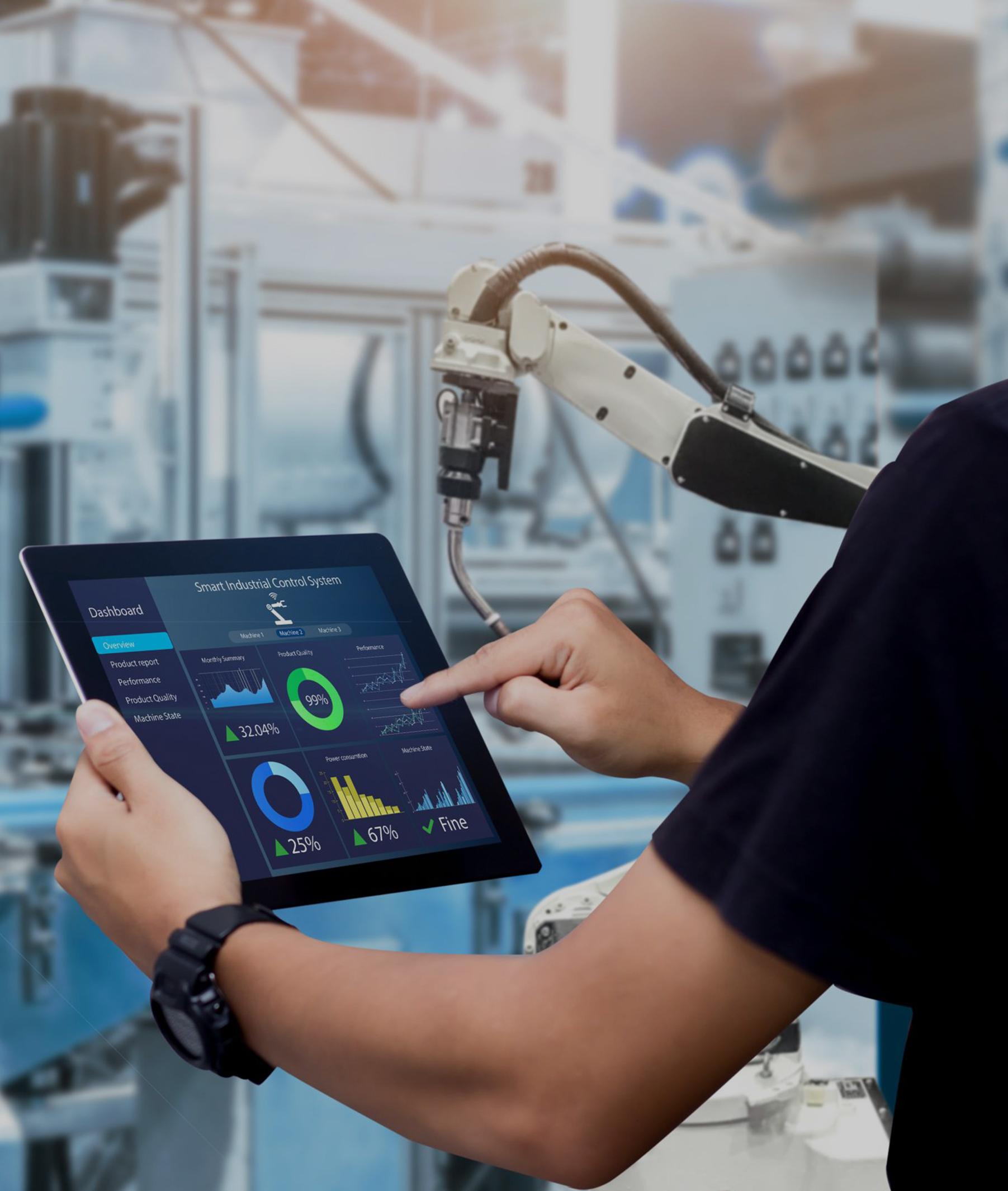
 |
Same Day Shipping for Stock Items |
|
DHL / Fedex / UPS / Aramex |
|
|
Professional one-on-one service |
|
100% brand new and original |
|
The ABB NIMF02 Controller Termination Module is designed for seamless integration with ABB's automation systems, providing essential connectivity and control capabilities.. |
Picture/Video
Get Products pictures or Video for Inspection
|
Specification |
Product Image |
|
|
Brand Name |
ABB |
|
|
Model Number |
NIMF02 |
|
|
Alternate Part Number |
NIMF02 |
|
|
Condition |
100% Original |
|
|
Quality |
Brand New |
|
|
Dimensions |
2x24.8x24.4cm |
|
|
Description |
Controller Termination Module |
|
|
Package |
Original Package |
|
|
Lead time |
In Stock |
|
|
Shipping term |
UPS DHL TNT EMS Fedex |
|
|
Payment |
T/T (Bank Transfer) |
|
|
Service |
One-Stop Service |
|
|
Weight |
0.3kg |
|
|
Warranty |
12 Months |
|
The ABB NIMF02 Controller Termination Module is designed for seamless integration with ABB's automation systems, providing essential connectivity and control capabilities. It supports various communication protocols and facilitates the termination of signals in industrial applications, enhancing reliability and performance.
Frequently Asked Questions:
What types of signals does the NIMF02 support?
It supports both analog and digital signals for versatile application use.
How do I install the NIMF02 module?
Installation involves mounting the module in the designated slot and connecting the appropriate wiring as per the user manual.
What are the typical applications for the NIMF02?
Common applications include process automation, machine control, and data acquisition in industrial settings.
Is the NIMF02 compatible with other ABB controllers?
Yes, it is compatible with various ABB controller models within the same series.
What troubleshooting steps should I follow if the module fails?
Check the power supply, ensure correct wiring connections, and consult the diagnostic LEDs on the module for error indications.
NOTE:
1. The products quoted are brand new and original with a one-year warranty
2. Prices are ex works, for shipping calculations, Please send to my Email
3. Cooperation with the express delivery of DHL / Fedex / UPS / Aramex, etc,Delivery time is approximately '' 5 days '' from our warehouse to the destination country
4. Quotation validity: 30 days, if you need to extend, please reconfirm the price after 30 days.
5. Payment Term: 100% advance payment by bank transfer.
6. For the products '' in stock '' in the offer, our company can support video inspection
|
INNIS21 |
YPQ103C YT204001-BG |
SA610 3BHT300019R1 |
3BHB002916R0001 UFC721AE |
|
INICT13A |
YPR104A YT204001-JP |
DO630 3BHT300007R1 |
3BHB000272R0001 UFC719AE01 |
|
SPASI23 |
YPQ102E YT204001-FT |
SB510 3BSE000860R1 |
HIEE300936R0101 UFC718AE01 |
|
SPASO11 |
YPQ102F YT204001-KF |
CI531 3BSE003825R1 |
3BHB003041R0101 UFC719AE01 |
|
INSEM01 |
YXU173E YT204001-JK |
CI540 3BSE001077R1 |
SDCS-PIN-51 3ADT220090R0006 |
|
IEMMU21 |
YPQ101E YT204001-FS |
CI543 3BSE010699R1 |
3BHB004661R0001 KUC711AE |
|
NTAI06 |
YPK107E YT204001-FY |
TC520 3BSE001449R1 |
GJR2369900R1100 83SR05F-E |
|
SPNIS21 |
YPC104B YT204001-BT |
DI651 3BHT300026R1 |
GJR2366000R1000 81EA02E-E |
|
SPCIS22 |
YPR104B YT204001-EH |
DI840 3BSE020836R1 |
GJR2372600R1515 87WF01G-E |
|
SPNIS21 |
YPH105E YT204001-FC |
AO810 3BSE008522R1 |
GJR2332200R0100 88FT01D |
|
SPNIS21 |
YPM102A YT204001-AA |
DI840 3BSE020836R1 |
GJR2355200R0001 81EB11A-E |
|
SPASI23 |
YPG110E YT204001-FD |
DSSR170 48990001-PC |
GJR2368900R2340 87TS01I-E |
|
SPNPM22 |
YPP105F YT204001-JN |
DSSS171 3BSE005003R1 |
GJR2368900R2200 87TS01I-E |
|
SPCIS22 |
YPP105E YT204001-FK |
PMSI121 3BSE005669R1 |
GJR2385200R1010 81AA02D-E |
|
SPBRC410 |
YXU168F YT204001-JD |
EI813F 3BDH000022R1 |
GKWE855900R0200 83SR11E |
|
SPFEC12 |
YXU168G YT204001-JF |
FI830F 3BDH000032R1 |
GJR2385100R1041 88TV01K-E |
|
IMMFP01 |
YXU168E YT204001-JB |
FI820F 3BDH000031R1 |
GJR2403500R3010 81ET03A-E |
|
IMMFP02 |
YPP109A YT204001-DL |
PM803F 3BDH000530R1 |
GJR2391500R1210 81EU01E-E |
|
INNPM01 |
YPP106B YT204001-CL |
AI810 3BSE008516R1 |
GJR2391500R1210 81EU01F-E |
|
IMCIS02 |
YXU169E YT204001-JG |
DO810 3BSE008510R1 |
GJR2390200R1210 83SR04E-E |
|
INNIS01 |
YXU170E YT204001-JH |
DI810 3BSE008508R1 |
3BHE022293R0101 PCD232 A101 |
|
IMASI02 |
YPQ203A 3ASD510001C17 |
AO810 3BSE008522R1 |
GJR2388300R1010 83SR06B-E |
|
NGDR-07C |
YPM102E YT204001-FL |
AI880A 3BSE039293R1 |
GJR2392500R1210 81AB03D-E |
|
NIMP01 |
YPM106E YT204001-FN |
SS832 3BSC610068R1 |
3BHB006208R0001 UNS0883A-PV1 |
Our hours